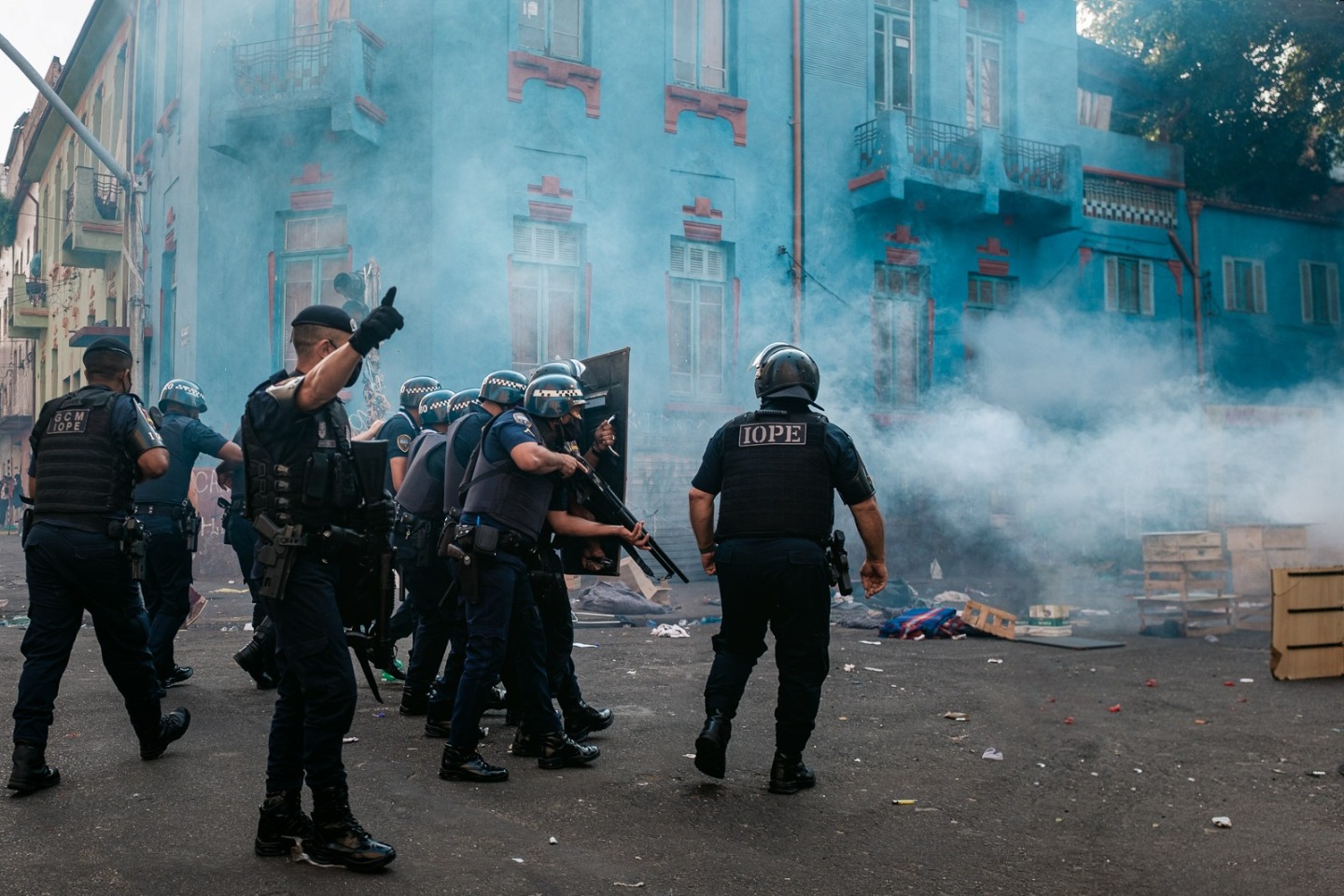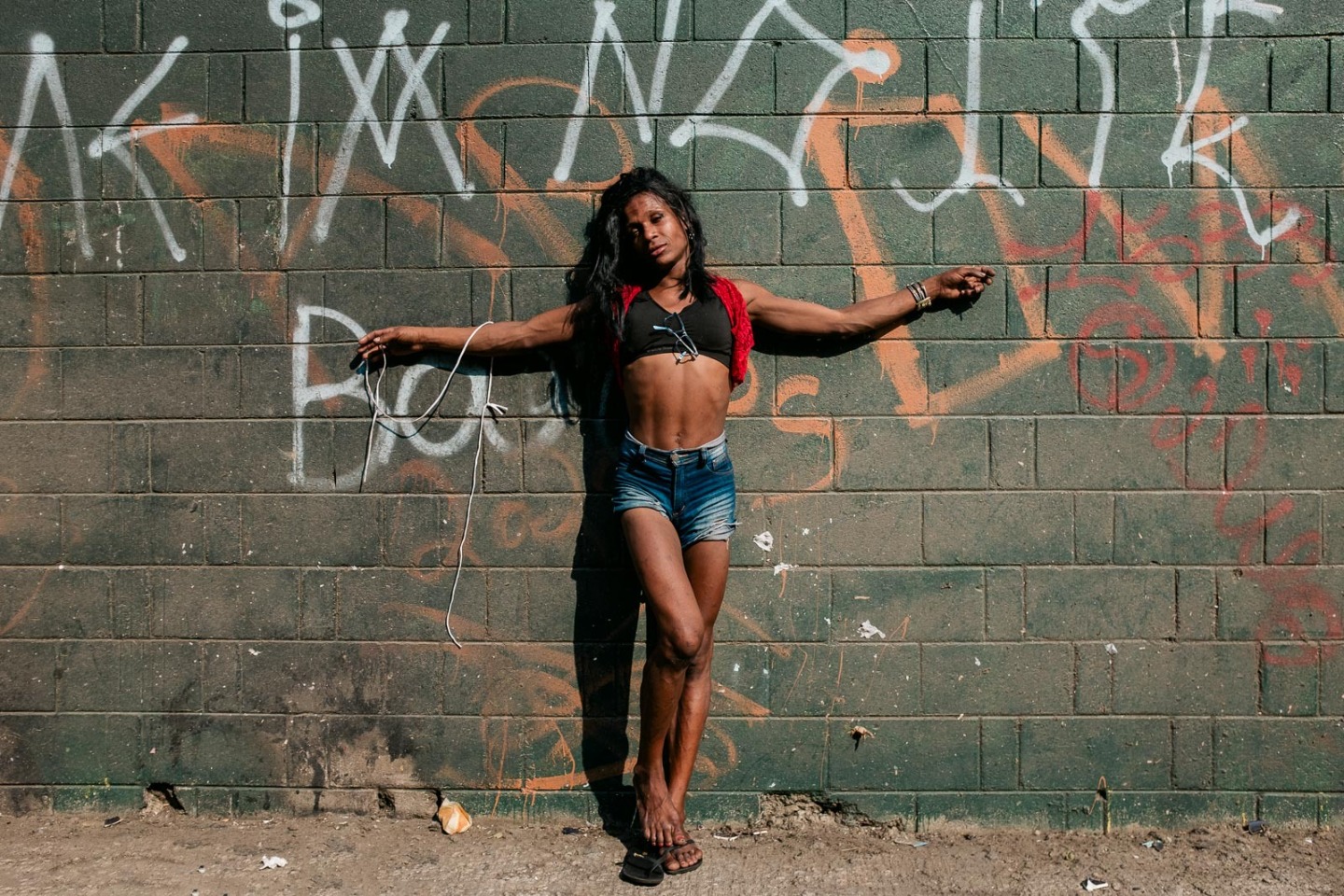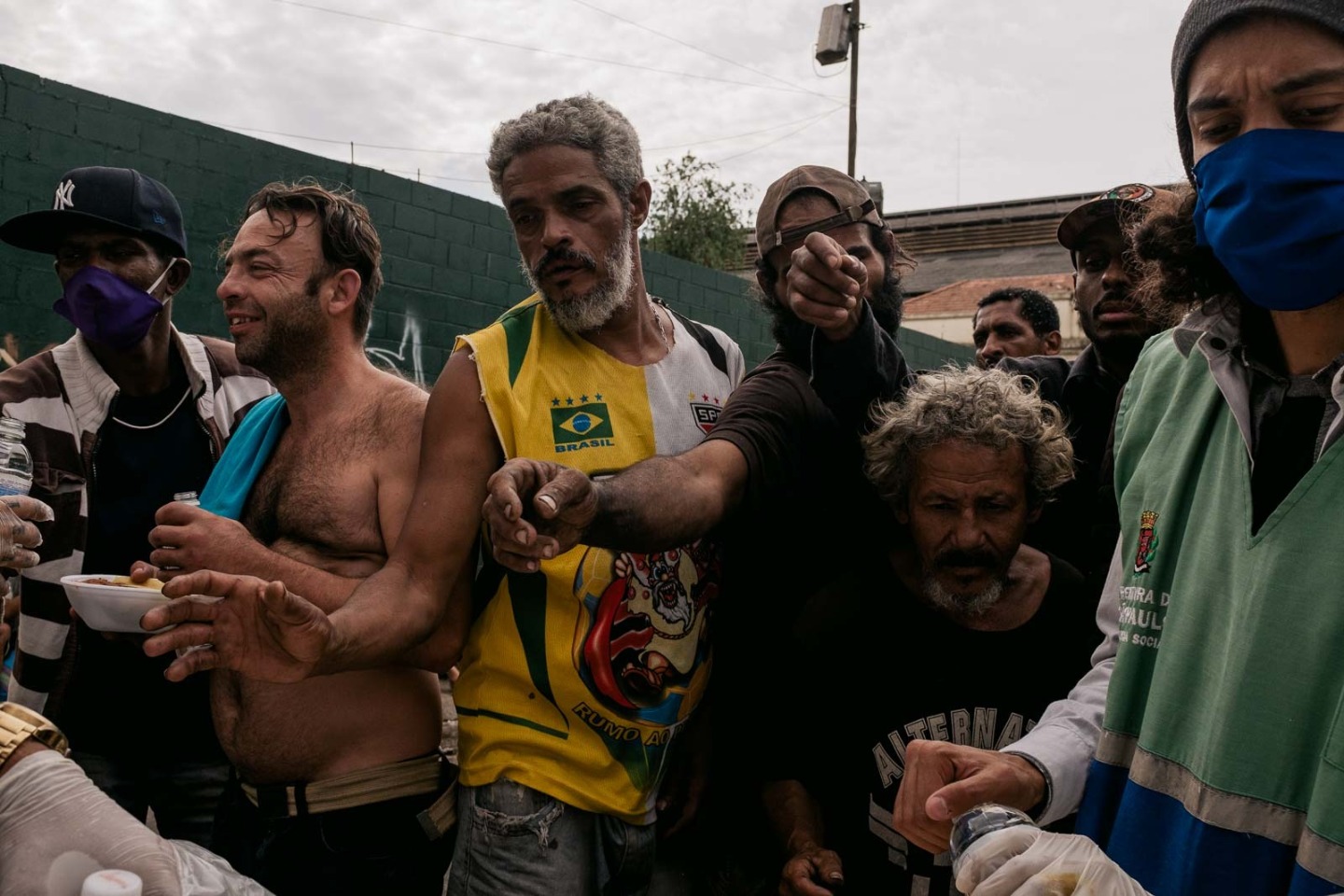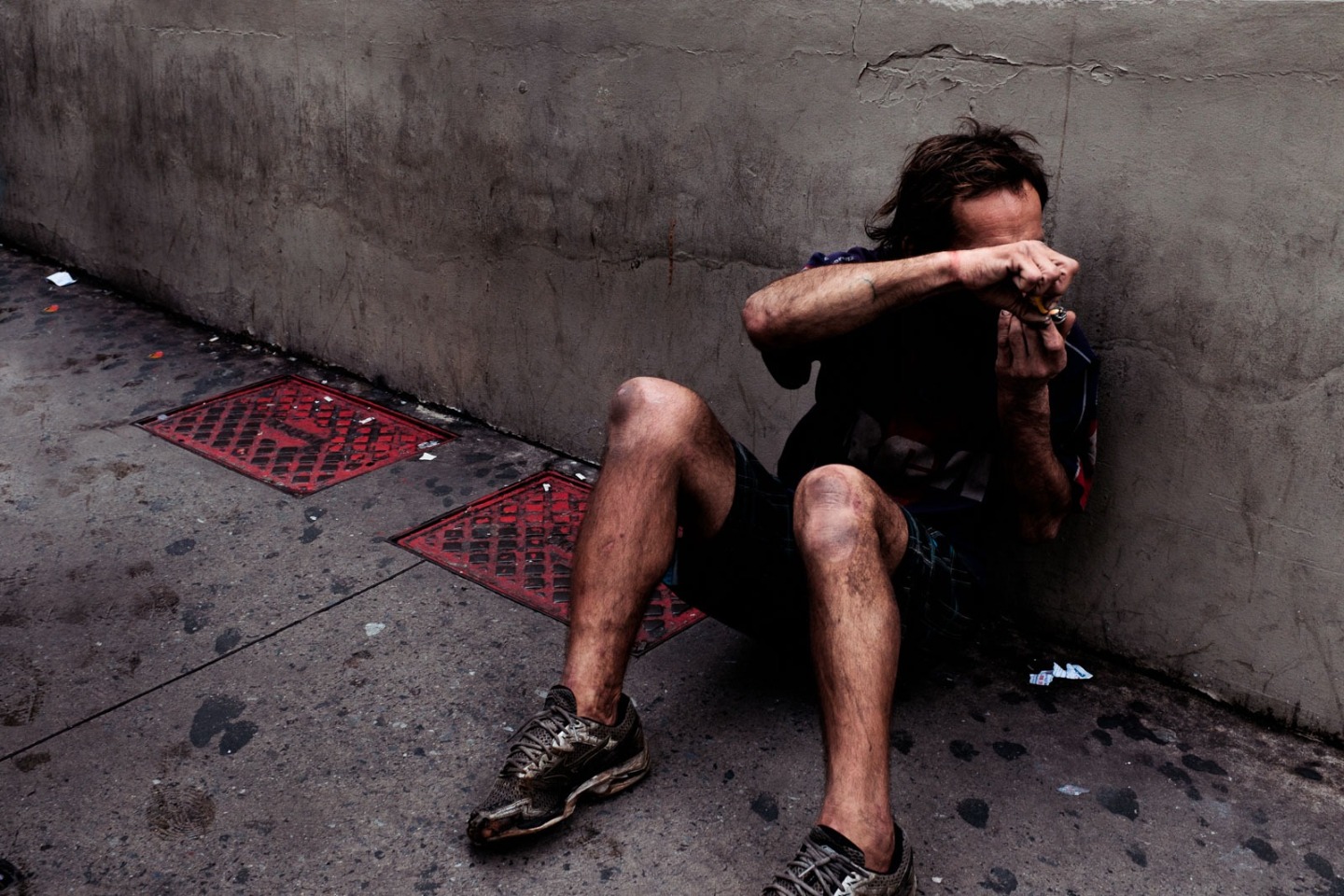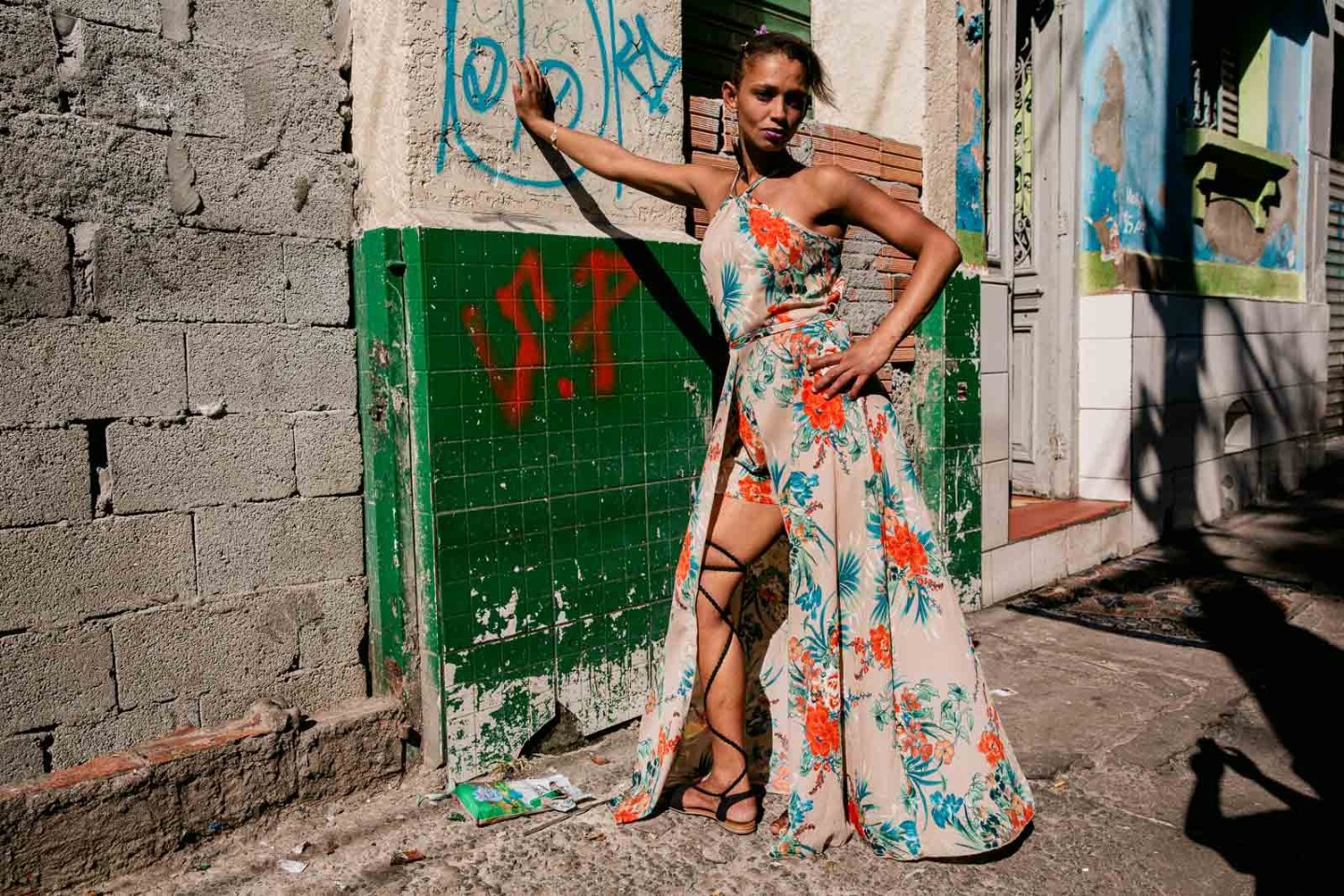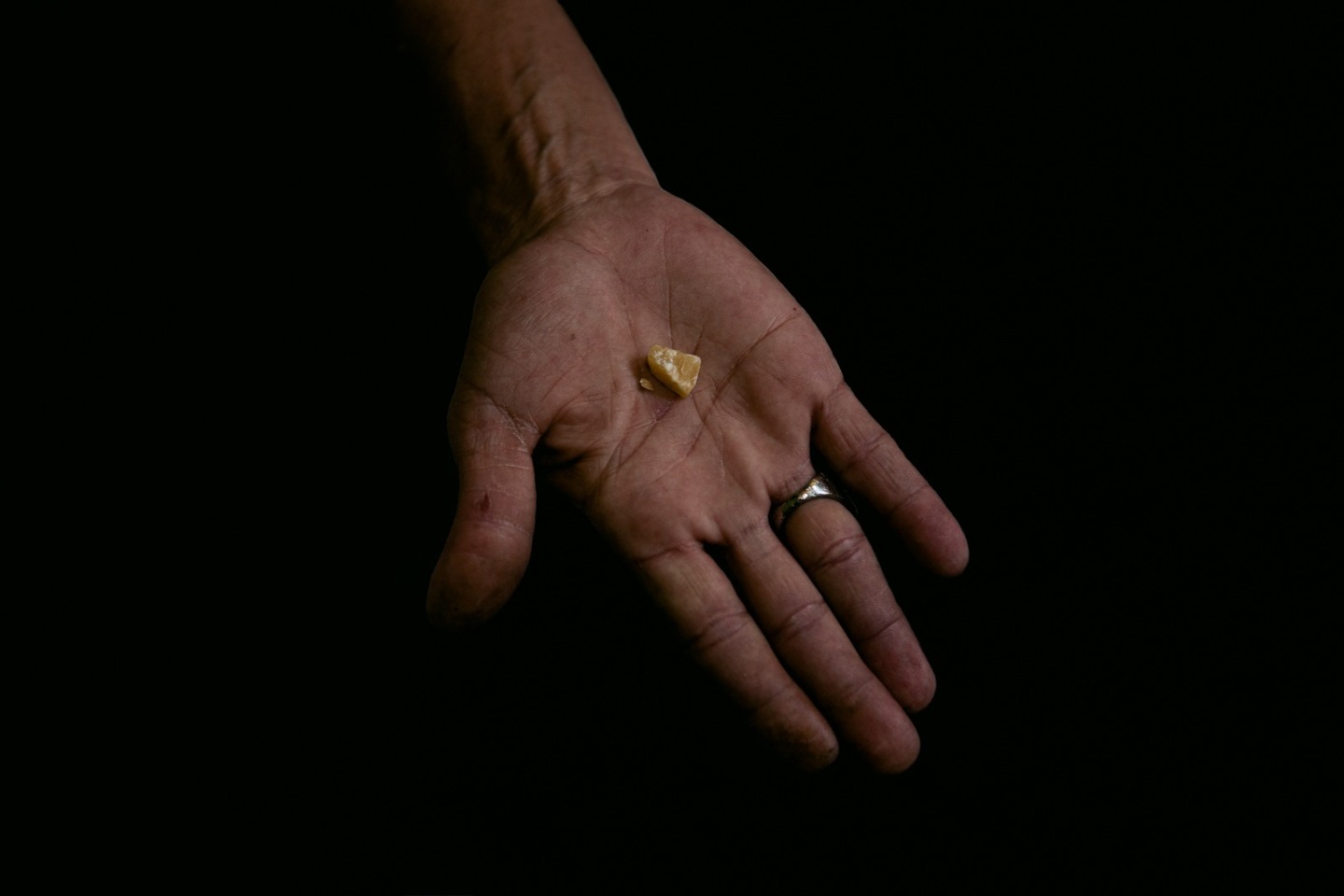These Photos Show a Glimpse of Life in Sao Paulo’s ‘Crackland’
December 21, 2020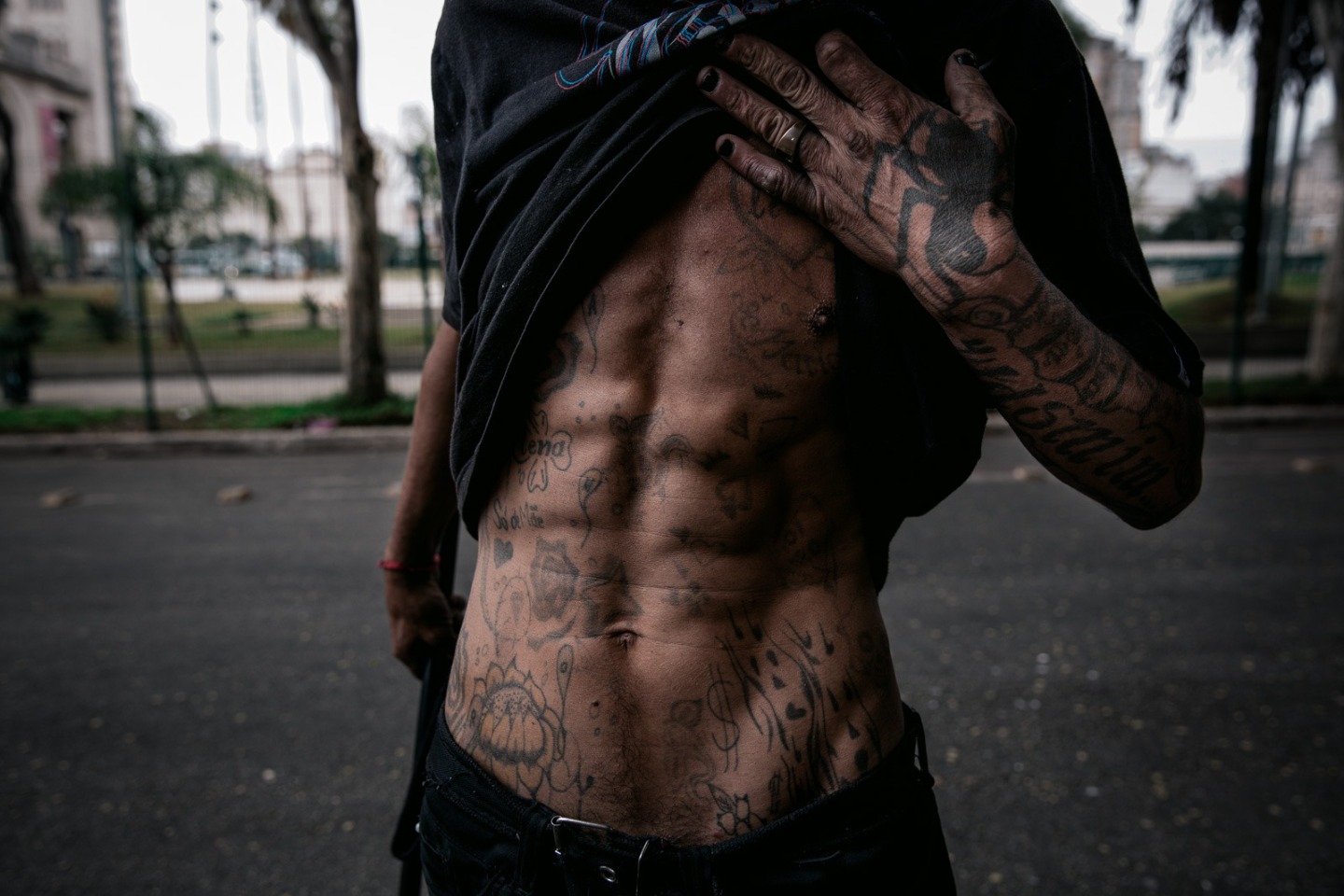
SAO PAULO, Brazil — Cracolandia, or “crackland” is the name of a single block of buildings in the center of Sao Paulo, Brazil.
The area is host to some 1,600 people a day, who either live on the streets or come in to buy and consume crack cocaine, day and night.
I’ve been documenting Cracolandia for three years, with the aim of constructing an alternative narrative around this stigmatized community. I got to know many drugs users, and found that the factors that result in their ending up on the streets go beyond their crack consumption: inequality, unemployment, and a lack of supportive public policies, for example. Most of the people who frequent this area are Black or brown, and many have spent time in prison. Cracolandia is a world apart from the rest of São Paulo.
For decades, the neighborhood has been a challenge for the city government. From 2014 to 2017, the project “De Braços Abertos” (Open Arms) offered addicted drug users alternatives including housing, food and employment. But after 2017, a change in the city’s administration from a left-leaning to more right-wing government saw the strategy shift to coercing drug users in rehab clinics, as well as massive police operations that rounded up addicted drug users. This war on drugs and addiction has been used as a justification for gentrification: demolishing old houses and building new ones, which hands profits to construction companies and often displaces locals as middle and upper class residents move in.
When the global pandemic hit, the flow of people coming to buy drugs continued, and meant there was no social distancing, masks or use of hand sanitizer. But there were also very few cases of COVID here in a country that overall has been devastated by the virus and is one of the worst-affected in the world.
Many people wonder why such an exposed population has not yet been wiped out, but the inhabitants of the area joke that it is the smoke of the crack that keeps the virus away.
